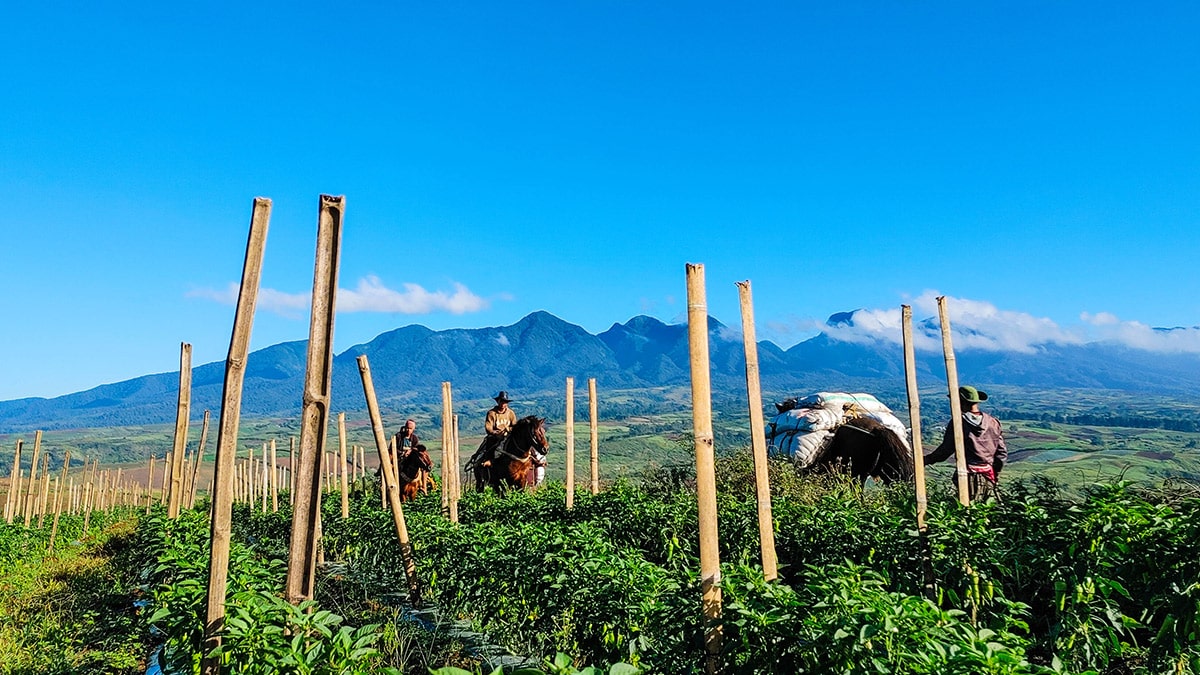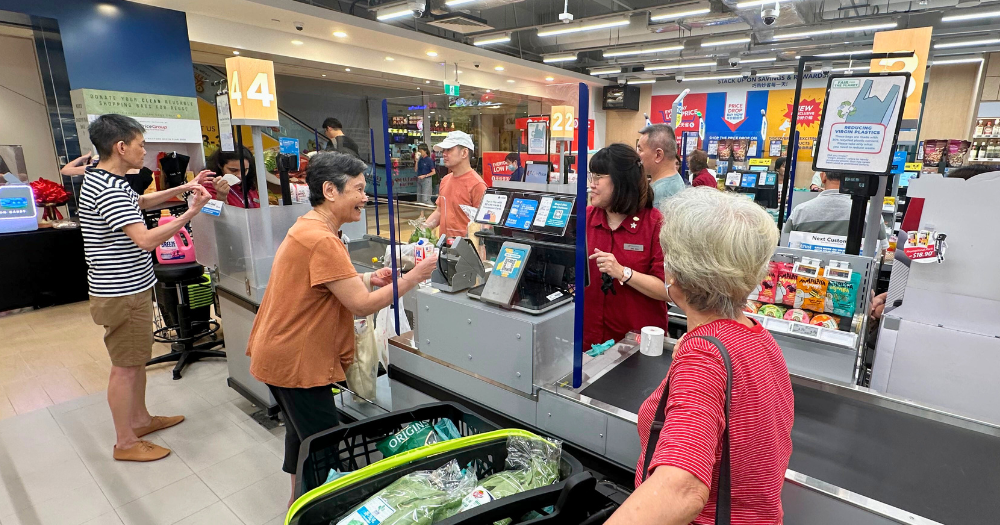
COOL SCENE Farmers in Talakag, Bukidnon, use horses to transport produce from their farms, as Mt. Kitanglad, a national park, looms in the distance in this November 2023 photo. The cool climate and sweeping landscape of Talakag make it one of the favorite destinations for agritourismin Northern Mindanao.
—BOBBY E. LAGSA The Department of Agriculture (DA) should consult stakeholders to determine the standing inventory and the extent of damage caused by typhoons before deciding whether or not to import food, a farmers’ group said. “We would have rather the DA spokesperson consulted first the sectors and industry per commodity to know first hand [the] extent and actual damage per commodity [and the] inventory and situation per commodity across the value chain,” Samahang Industriya ng Agrikultura (Sinag) executive director Jayson Cainglet said in a statement on Wednesday.
Cainglet said the consultation would also help the DA determine the immediate and priority interventions as well as possible collaboration between the agency and industry stakeholders. READ: DA eyes importation of fish, vegetables “There is no problem to import if there is a need. Unfortunately, the issue of high retail prices is always equated [with] the need to import,” he added.
Cainglet also said the DA might want to look into the disconnect between farmgate (selling price between farmers and traders) and retail prices amid concern over elevated retail prices. Association of Fresh Fish Traders of the Philippines president Roderick Santos said there’s need to import fish or retail prices of fish will surge. According to Santos, local supply dwindled even before the consecutive typhoons had hit the country and the government implemented a temporary fishing ban in major fishing grounds.
“Although, in general, hindi tayo sumusuporta sa importation, ngayon lang na extraordinary ‘yung circumstances (Although in general we do not support importation, the circumstances now are extraordinary). So there is a need to import fish),” he said in a phone interview. Santos said the recent storms adversely affected the catch of all subsectors of fisheries.
He added that some of the aquaculture sites, especially in Pangasinan, had been hit by six typhoons. Fishers’ group Pambansang Lakas ng Kilusang Mamamalakaya ng Pilipinas (Pamalakaya) said on Wednesday that proposals to import small pelagic fish were “unacceptable and baseless” as there were other types of fish that can be purchased from the markets. “Rising fish prices are not enough reason to authorize importation.
Because of the arrival of 30,000 metric tons (MT) of imported fish from October, the retail price of the so-called ‘poor man’s fish’ in the markets is reaching P300 per kilogram,” the group said in a statement translated from Filipino. Agriculture Assistant Secretary Arnel de Mesa said on Tuesday the DA was considering to import fish to prevent a potential price hike and stabilize food supply. De Mesa, the DA’s spokesperson, said the government agency was studying the proposal to import 8,000 MT of small pelagic fish including round scad, mackerel, moonfish and bonito, which could arrive in the first two weeks of December, if approved.
Although the DA sees no shortage of fish, he said the proposed importation would allow them to avoid any problems that could arise. Subscribe to our daily newsletter By providing an email address. I agree to the Terms of Use and acknowledge that I have read the Privacy Policy .
The farm sector suffered more than P10 billion in losses following the onslaught of typhoons from “Kristine” to “Pepito” as of writing, based on DA tally. INQ.














